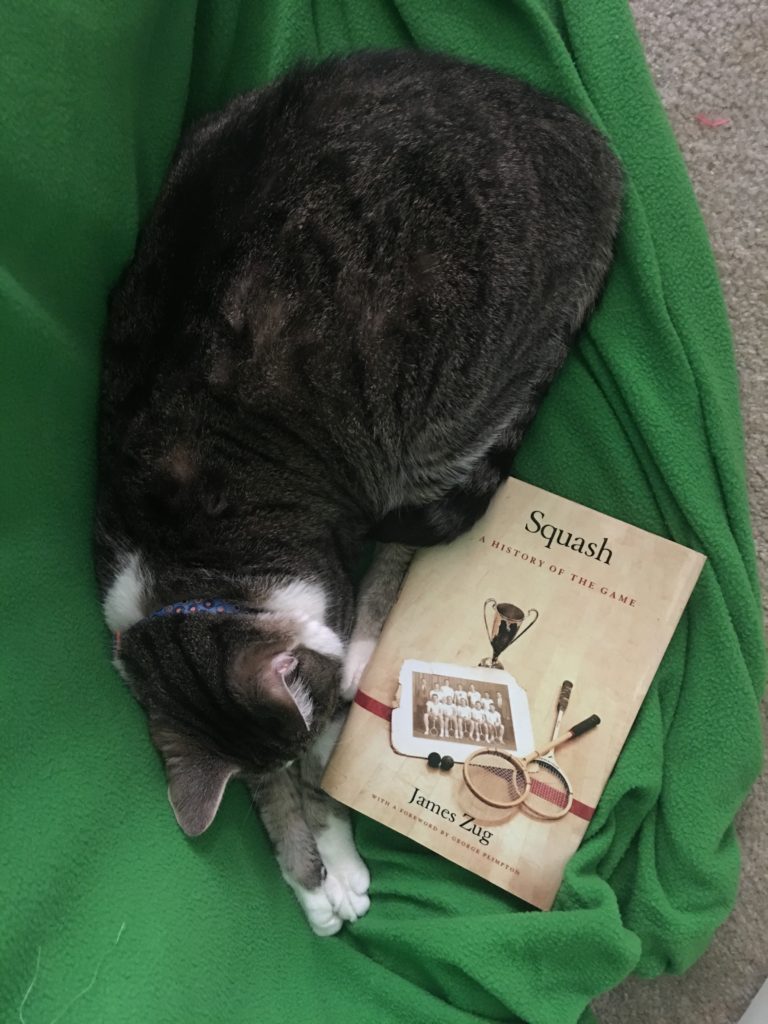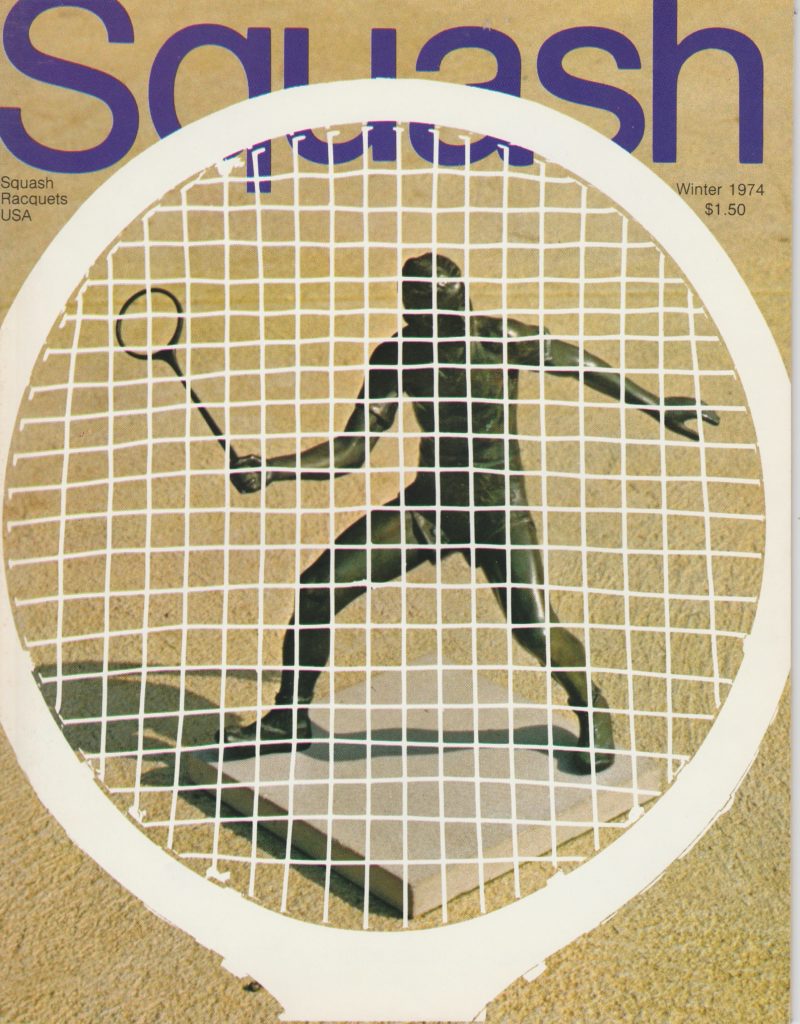Earlier this month, after another PSA press release, I was a part of an email discussion of what exactly is the oldest professional squash event still being contested: the British Open or the Tournament of Champions?
It is the Tournament of Champions. The inaugural Tournament of Champions, then called the National Professional Squash Racquets Championship, was held in Boston in February 1930.
With a leisurely pace, the event began on Saturday 1 February with six opening-round matches. One four-game match involved Jack Summers of MIT squaring off with Steve Gregory of the Racquet & Tennis Club in New York. Gregory, the New York Times reported the next day, “had a baffling service which kept Summers in continual trouble but he managed to weather the storm.” Another four-gamer was Don Martella of Wilmington Country Club versus Eddie Thompson of the University Club of Boston. “Martella hit some excellent corner shots which Thompson was unable to handle,” the Times wrote.
In one semi, played on Monday the 3rd, Harry Thompson defeated Eddie Stapleton. On Tuesday the 4th in the other semi, Summers topped Martella 17-16, 15-6, 16-18, 15-11,
On Saturday the 8th at the Boston Athletic Association, Summers beat Thompson 17-15, 15-9, 15-10. Summers, the Times declared, “was the aggressor throughout.” Summers, who had come to the U.S. in 1911, had been a longtime pro at the Union Boat Club before moving across the river to coach at MIT from 1930 to 1957. Summers went on to win three more ToC titles. He died in December 1988 at the age of ninety-five.
The British Open is ten months younger—three hundred and ten days to be precise—than the Tournament of Champions. The inaugural British Open was played in December 1930 in London. Don Butcher topped Charles Read in a best-of-three matches format: 9-6, 9-5, 9-5 at Queen’s Club on Sunday 7 December where Read was a pro; and then 9-3, 9-5, 9-3 at the Conservative Club on Monday 15 December where Butcher was the pro. Butcher earned £67, Read £33. Butcher won the title once more. In 1957 he emigrated to Melbourne.
Besides the U.S. Open, there is no other major event on the PSA calendar that was started before the 1970s. These are the two events that have been the global cornerstones of professional squash and they were founded three hundred and ten days apart.
NB:
—The women’s British Open didn’t start until 1974—the previous event, held from 1922 to 1973, was amateur-only.
—The ToC has undergone four more name changes (not including title sponsors) but it has, like the British Open, been continuously held each year. Since 1930 and before the pandemic, there have been nine years when the British Open hasn’t been held, while the ToC has missed seven.
—Both events have been played on courts of differing sizes and with balls of different sizes and bounce. The ball used at the 1930 British Open was almost twice as fast as the one at the 1934 British Open (a bounce of forty-four inches compared to a bounce of thirty inches four years later). One court at Queens was thirty-five feet by eighteen. The ToC, through its long history, has used more than a dozen different balls and three different court sizes.
Anyway, the record is set straight: squash’s longest-running, oldest professional tournament is the J.P. Morgan Tournament of Champions, scheduled to reappear next January.


